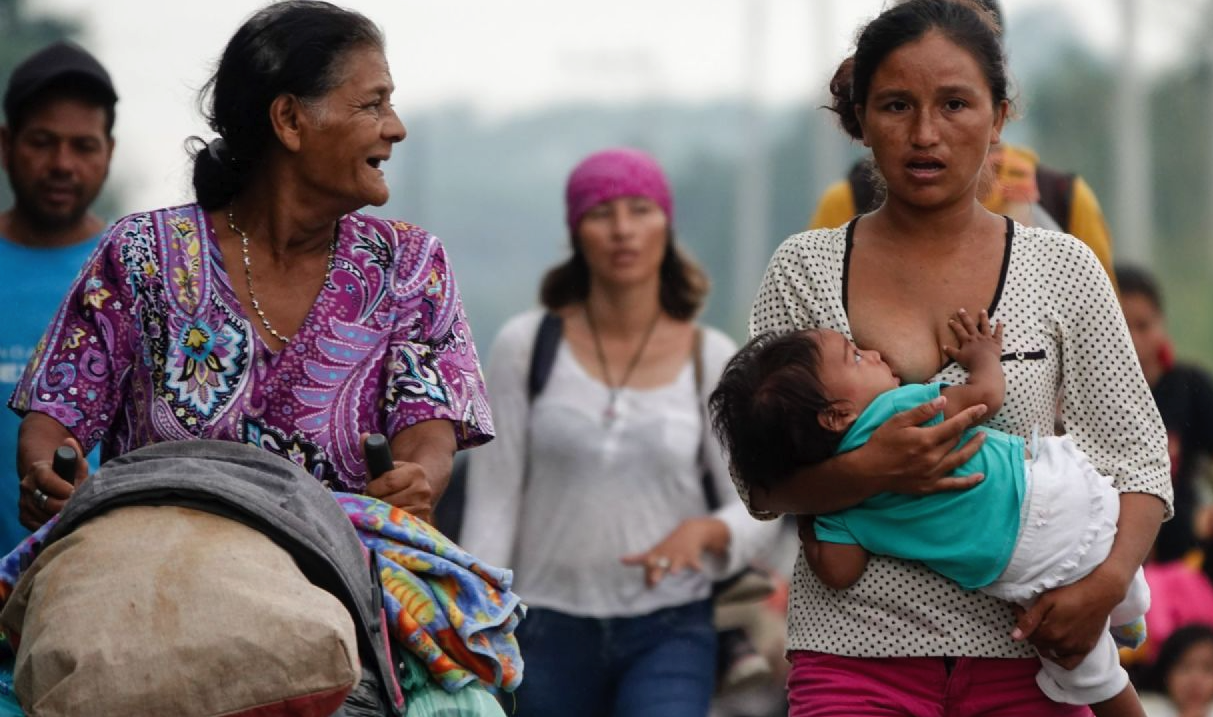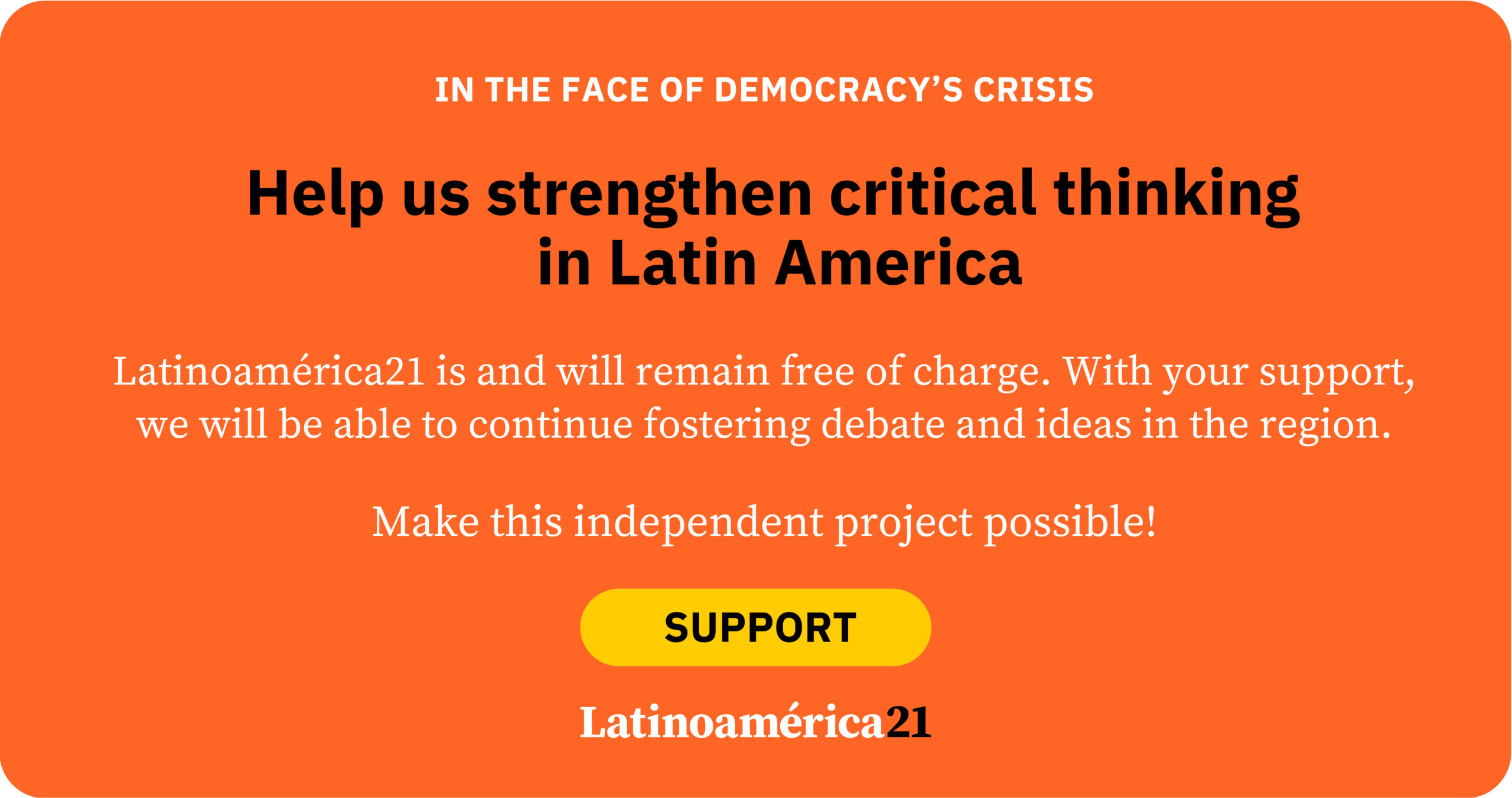Humanity faces a decade of growing inequality, marked by a global pandemic, new wars, a cost of living crisis, and climate collapse. According to OXFAM’s Inequality Inc. Report (2024), 4.8 billion people — mainly women, racialized people, and other excluded groups — are poorer today than in 2019, and inequality between the global North and South continues to rise. As prices outpace wages, sparking protests and strikes, governments in low — and lower-middle — income countries struggle to keep their finances afloat due to rising debts and interest payments. However, inequality is not simply an equation. Understanding its various manifestations will help us create comprehensive solutions that prioritize the most excluded populations.
First, there are socioeconomic inequalities based on the accumulation or lack of material and symbolic goods. In fact, most of the world’s wealth and the super-rich are concentrated in the global North, a legacy of European colonialism based on slavery and the dispossession of indigenous and Afro-descendant peoples. These neocolonial relations persist today, perpetuating economic imbalances that favor the North, which, despite representing only 21% of the world’s population, countries in the Global North own 69% of global wealth and are home to 74% of the world’s billionaire wealth.
Secondly, racial-ethnic and cultural inequalities are based on negative stigmas and stereotypes stemming from the colonial invasion that created an axis of cultural domination based on race, justifying the inferiority of the “non-white”. In Brazil, for example, the income of white people currently exceeds that of people of African descent by 70%. While racism naturalized relations of domination, capitalism generated new structures for the control of labor, sustaining the coloniality and Eurocentrism of global capital.
Third, we have gender inequalities that place women and girls in a subordinate role to men, regardless of class, country, or culture. Feminism, in plural, have made these inequalities visible in multiple spheres: in the home, where women perform unrecognized and unpaid activities; at work, where they face wage gaps and occupy more precarious and lower-paid jobs; and in the public sphere, with low representation in hierarchical positions despite being in the majority.
Some data
In 2019, women earned globally only 51 cents for every dollar earned by men who own 105 trillion dollars more wealth than women. Moreover, these inequalities are compounded by discrimination based on race and immigration status, especially affecting female migrant workers.
Faced with this complex scenario, the concept of intersectionality, which originated in African and Latin American feminism, helps to understand and name the multiple inequalities that intersect when simultaneously belonging to various vulnerable and oppressed groups. It is crucial to dimension the injustices experienced by those who, in addition to “being poor”, face obstacles in accessing basic rights for “being black”, “brown”, “women”, “lesbians”, “trans”, or for living in segregated neighborhoods in the global South where environmental degradation is combined with socioeconomic exclusion. Social, economic, racial and gender justice must be understood as parts of a complex system of oppressions and inequalities.
The debate on climate justice forces us to also consider environmental inequalities, which point to the differential impact of the ecological crisis between regions and populations. For example, according to OXFAM estimations, the richest 1% of the world’s population generates as many carbon emissions as the poorest two-thirds of humanity. From an intersectional perspective, we observe that while the rich contribute to the crisis, people in low-income countries and those in poverty are the most affected. Furthermore, women and girls are less likely to survive natural disasters due to gender roles that limit their ability to make vital decisions.
In addition, racialized people — especially in the Americas — tend to live in neighborhoods with less tree cover and higher temperatures than “white” residents. Indigenous peoples are also severely impacted by climate change: their ancestral forms of land management and their close relationship with the natural environment have been threatened by extractive industries, systemic discrimination and marginalization.
The intersectional approach then allows us to understand the interconnected systems of oppression: colonialism, capitalism, extractivism, and patriarchy. The structures of nature exploitation are intrinsically linked to the patriarchal, racist and Eurocentric oppressions that underpin capitalism. These patterns of power and current economic models continue to foster inequality and social and environmental injustice. By focusing on growth and production, they make invisible that the economy is sustained by care work, usually relegated to women.
How much is unpaid care work worth?
The economic value of unpaid care work performed by women is estimated at US$10.8 trillion annually, three times the size of the global technology industry. Vulnerable women then perform essential life-sustaining tasks: from caring for children, the sick, and elderly, to protecting ecosystems and community health in degraded territories. They are also responsible for cleaning up and sanitizing poor neighborhoods, creating recreational spaces, supporting victims and protecting biodiversity, in addition to leading claims before the state.
While almost half of humanity lives below the poverty line, extractive economic models are causing a global climate crisis that impacts the most affected and least powerful people. Thus, climate justice is inseparable from social, economic, racial, and gender justice. In the face of this growing inequality, urgent action is needed. Economists such as Joseph Stiglitz recommend a radical redistribution of wealth. Nonetheless, comprehensive education (environmental, anti-racist, and feminist) is also necessary. It is essential to address the extreme injustices arising from the intersectionality of inequalities and to choose between an era of elite supremacy or a transformative public power based on equality and dignity.
*Translated by Janaína Ruviaro da Silva from the original in Spanish.













